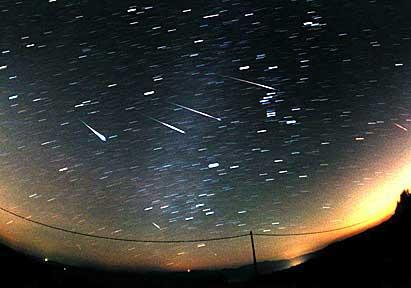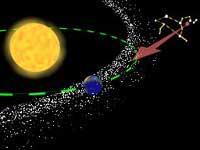Leonidas, more spectacular than ever

If the weather goes along, next weekend you can see magnificent lions. The year 1999 was one of the most spectacular and this year it is estimated that ten times more meteorites fall. However, in Euskal Herria there will be no performances of great intensity.

Leonids are the trace left by comet Tempel-Tuttle. Comet Tempel-Tuttle revolves around the Sun. When approaching the star, it emits dust and gas and creates very dense matter tubes. When the earth passes through these pipes, star rain occurs. Depending on the age of the tubes and where the Earth crosses, the intensity of the stars will vary. There is a time when heavy weather storms occur and it has been announced that it will occur this year: on November 18 the Earth will cross three dense tubes. Storms will look better from Australia and East Asia and many astronomers will approach it for measurements.
Rain stars also have a dark side. They can damage satellites and therefore there is much interest in knowing these phenomena in detail. For example, knowing the density of the tubes and the distribution of the mass, the most appropriate strategies could be designed to protect the satellites. Until now, the unpredictability of storms has been a major obstacle, as there was no way to plan research, but a forecasting model tested in 1999 was very successful. Thanks to the model, astronomers believe that this year they will receive a lot of data. But those who are not astronomers, put you to heaven and enjoy the show. Look at the constellation of Leo, where the meteorites will arrive.
Buletina
Bidali zure helbide elektronikoa eta jaso asteroko buletina zure sarrera-ontzian











